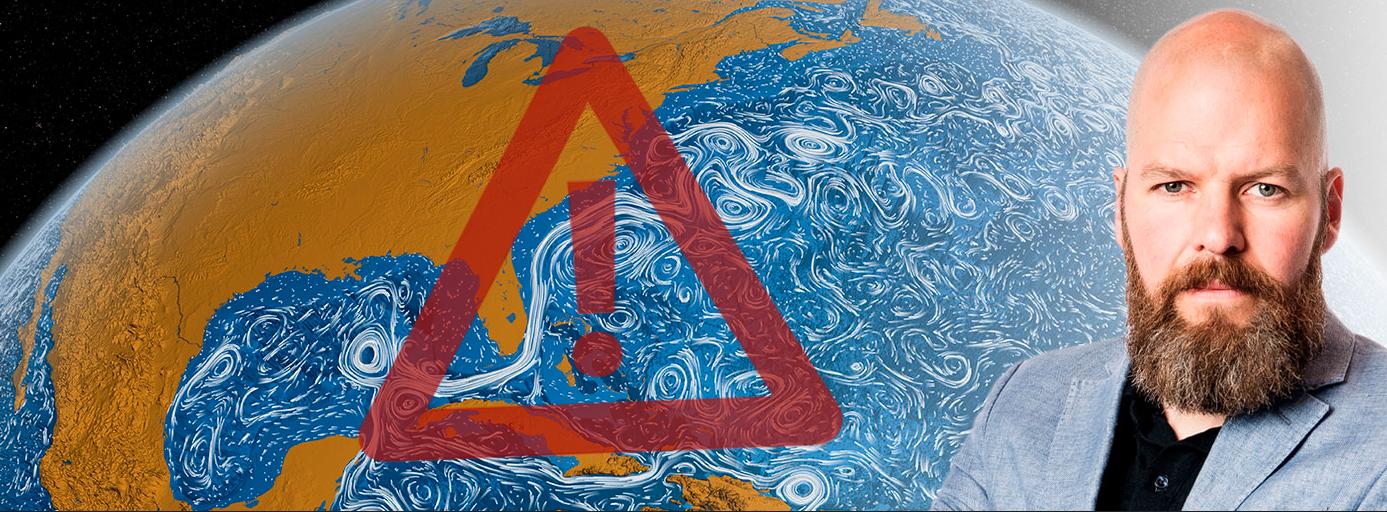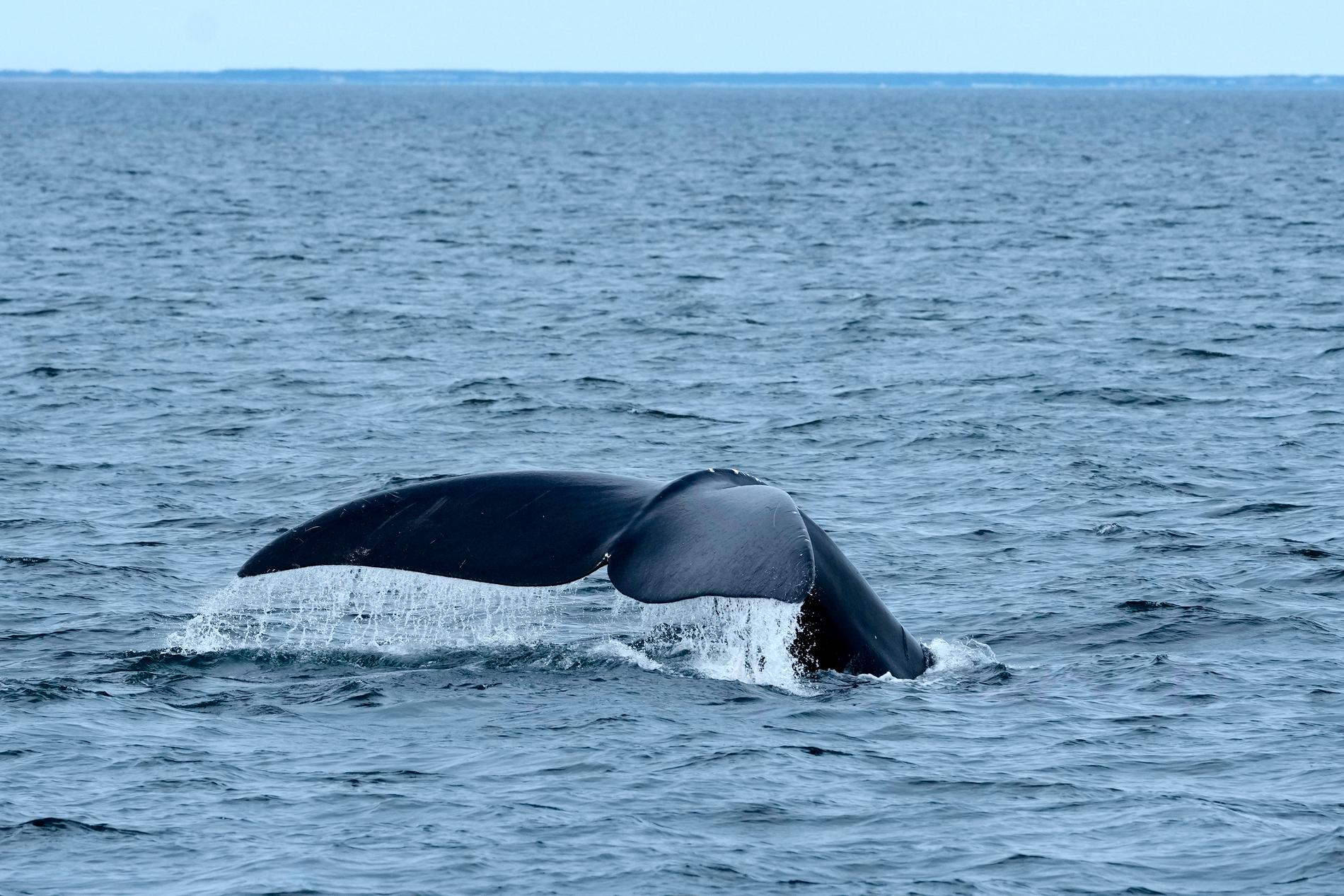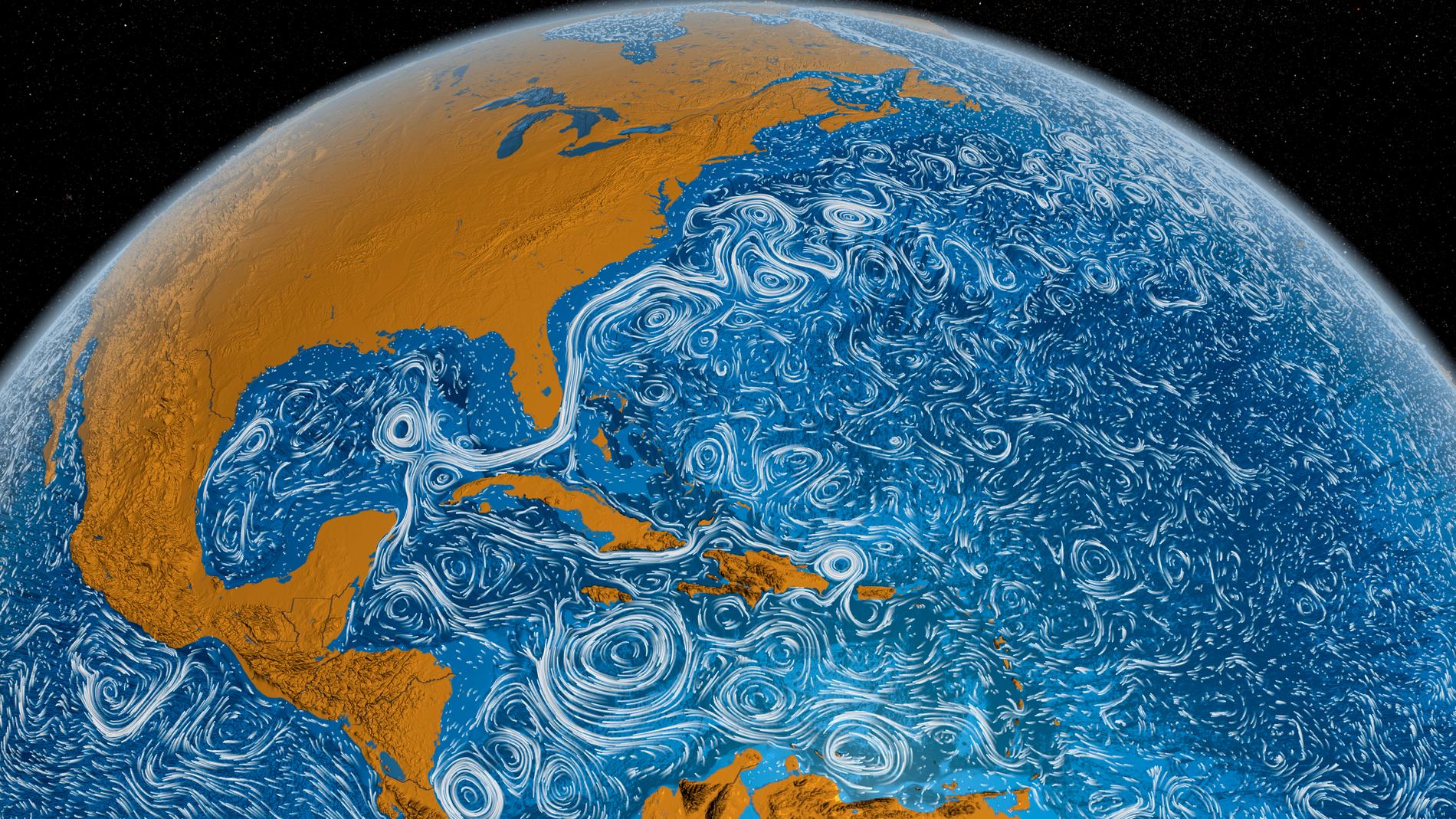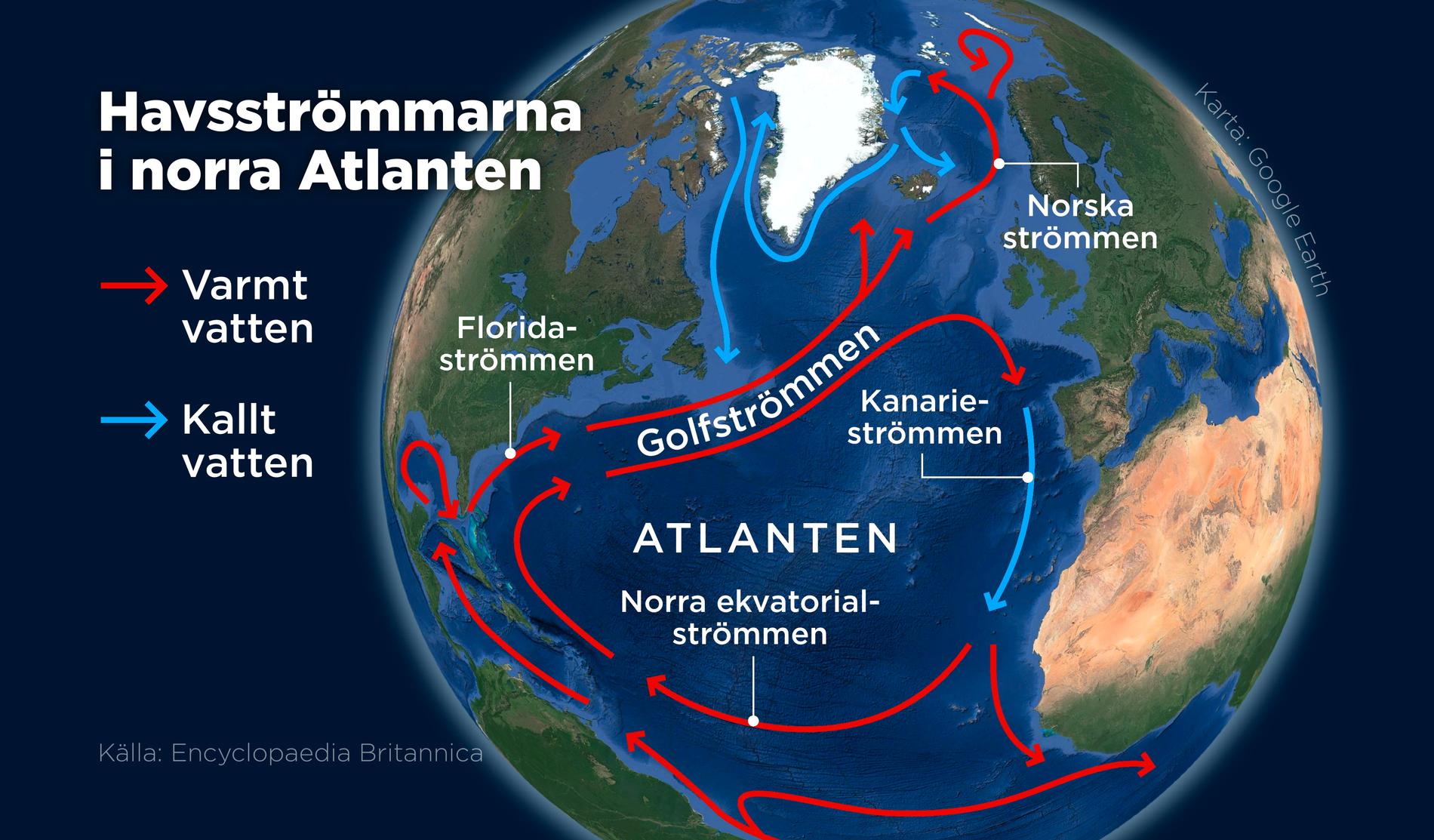
The Gulf Stream
How worried should we be about the Gulf Stream?
Jonathan Jeppsson
This is a commenting text. Analysis and positions are the writer's.
Updated 17:27 | Posted 16:39
Columnists
A new Danish study suggests that the ocean currents, of which the Gulf Stream is a part, may reach a tipping point around 2050.
In the absolute worst case, it could already happen in a couple of years.
How ominous is this study?
The simple answer is - we don't know. And that should worry us.
It has been a summer full of strange heat records.
Although the month of July has been quite chilly in Scandinavia, the heat has stuck and plagued areas in the USA and Mexico, southern Europe and China.
The sea temperature in the North Atlantic has been a record high. July will go down in history as the hottest month on record, probably with temperatures the planet hasn't seen in 120 000 years.
Some estimates claim that 2023 is at great risk of being the warmest year on record. In Antarctica, the ice extent curve trawls at record low levels.
A prototype of the Gulf Stream. Photo: Getty
What causes a certain discomfort is that scientists don't really seem to know what this warming in the oceans, perhaps above all the North Atlantic, is due to.
Sure, we're in an El Nino period, but it's just getting started. It has been speculated that it may be due to an unusually small amount of desert sand from the Sahara being blown into the atmosphere, the sand particles having a reflective effect on sunlight.
Professor Michael Mann. Photo: Annika Byrde / NTB
Likewise, a theory that has been put forward is that new regulations for freighter fuel, which have reduced the number of aerosols and sulfur particles, have contributed to increasing warming.
Some climate scientists, such as Professor Michael Mann, believe that what we are seeing now is just a logical consequence of our high emissions, nothing more dramatic than what the models predicted for a long time. Others are less reserved and believe that we are entering a dramatic shift.
So in the midst of all this lands a new study on the AMOC current system and the Gulf Stream, with some of the most dramatic conclusions drawn about the currents and when they may reach a tipping point for collapse.
As I said, Golf Stream is part of the AMOC - Atlantic meridional overturning circulation - and the researchers believe that this complex system of ocean currents could collapse within a few decades if the world's countries continue to pump greenhouse gases into the atmosphere.
However, the Gulf Stream is a near-surface current that is mostly driven by winds. The AMOC, on the other hand, moves most of the heat into the North Atlantic. The wind-driven part of the Gulf Stream contributes much less to the heat transport northwards, so for climate impact it is the AMOC that is the big deal.
The study, published in the journal Nature, states that the AMOC could collapse by mid-century, or even as early as 2025.
Peter Ditlevsen. Photo: University of Copenhagen
According to the researchers, the collapse would have enormous consequences, including more extreme winters and sea level rises affecting Europe and the United States, and a shift in the monsoon in the tropics. It would also affect the Amazon rainforest and the Antarctic ice sheet.
"I think we should be very worried," says Professor Peter Ditlevsen, of the University of Copenhagen, who led the study.
So how worried should we really be?
The robustness of the Golf Stream and the AMOC is a much debated, if not infected, issue. Direct measurements of the strength of the Gulf Stream have only been made since 2004, and one must therefore use models and proxy data.
The map shows the so-called large-scale circulation in the Atlantic, AMOC (Atlantic Meridional Overturning Circulation), which includes, among other things, the Gulf Stream. Photo: Anders Humlebo/TT
Recently, Sweden's radio's P3 Dystopia made a program about the Gulf Stream, where a couple of Swedish researchers said that there are no clear signs of a slowdown at all - and even if it were, the consequences would not be as dramatic as depicted in the worst-case scenarios.
But several independent researchers interviewed by CNN said the Danish study provides new evidence that the tipping point may occur sooner than previously thought. The Danish study is also just one of several recent studies that point to the AMOC approaching some sort of tipping point.

A right whale dives into the depths off Cape Cod on the US east coast. Many species in the Atlantic would be affected if the ocean currents suddenly weakened. Archive image. Photo:Robert F Bukaty/AP/TT






Inga kommentarer:
Skicka en kommentar